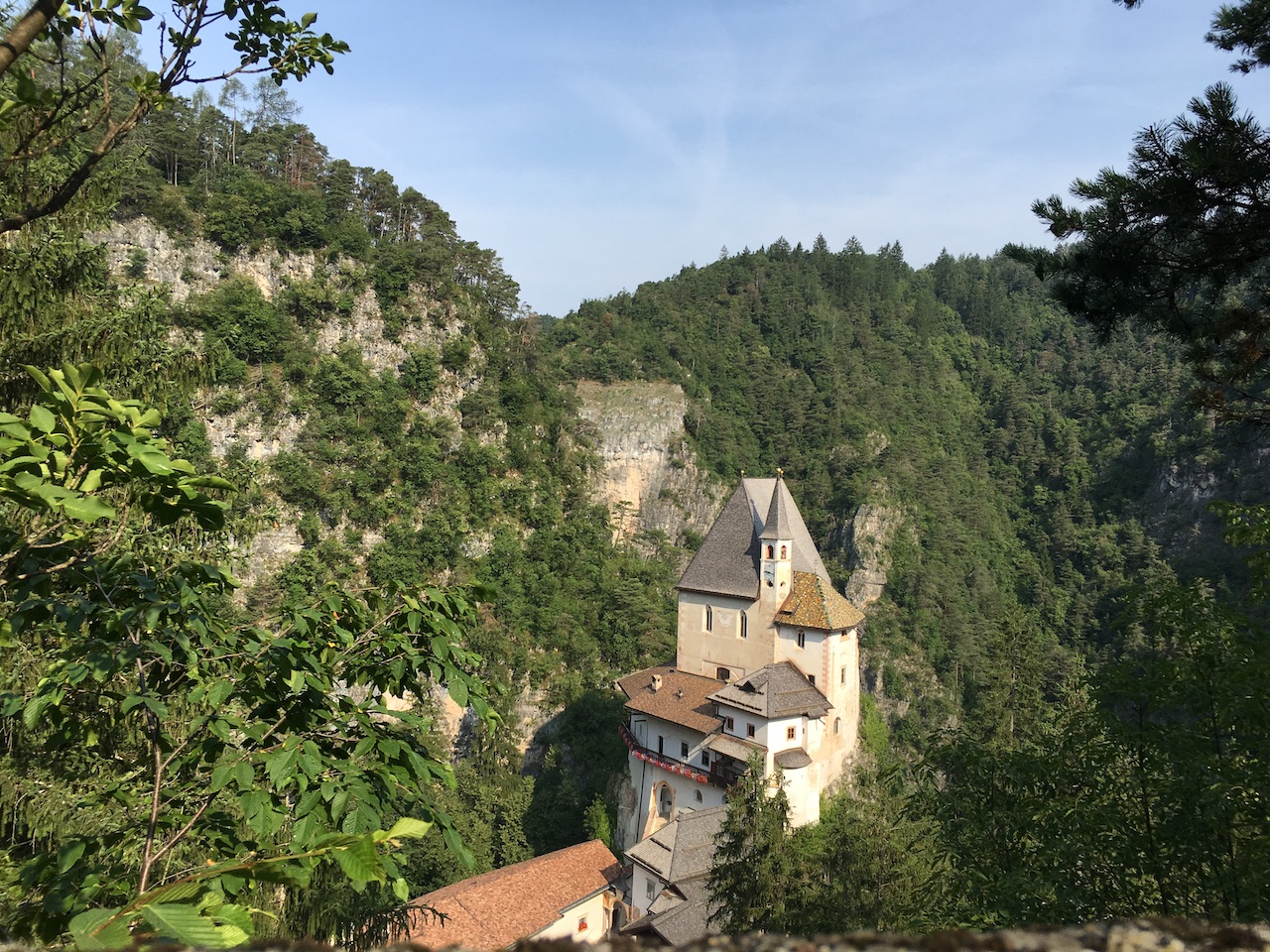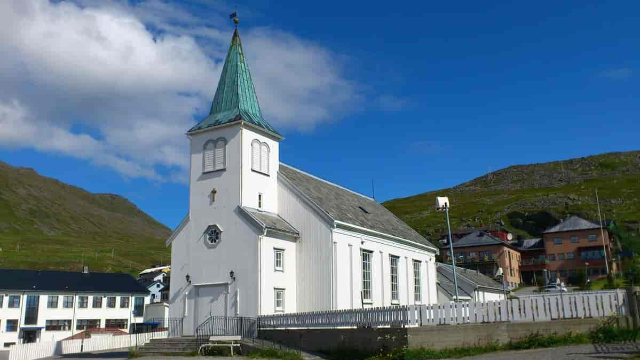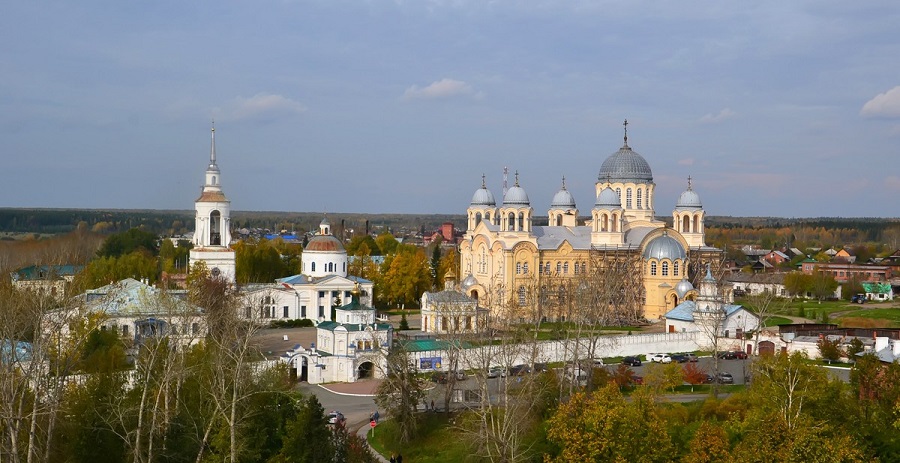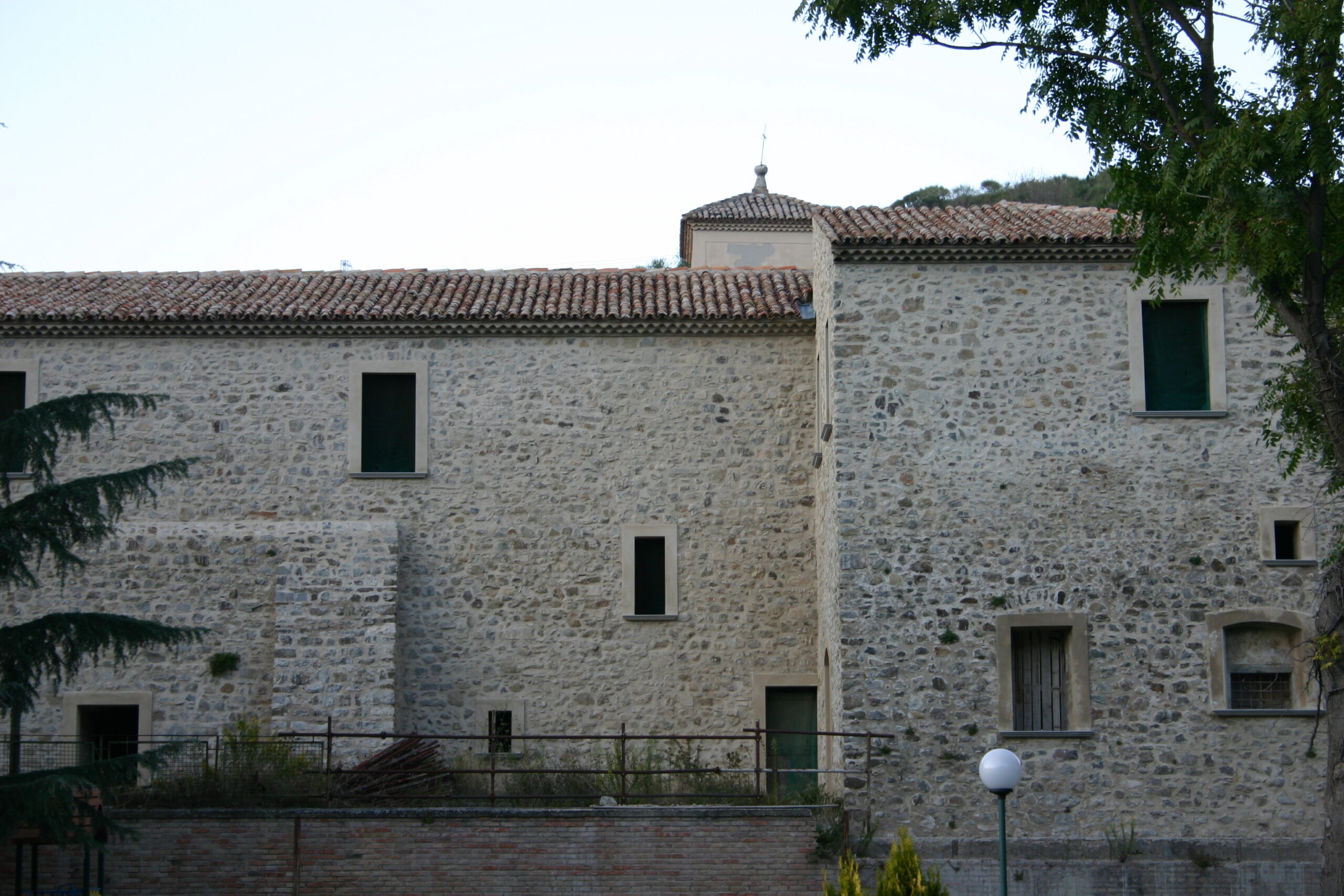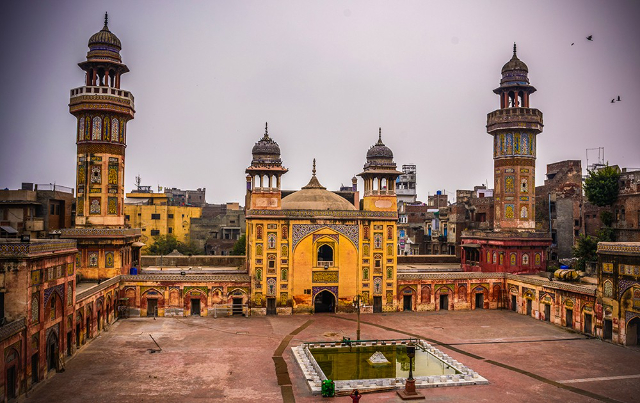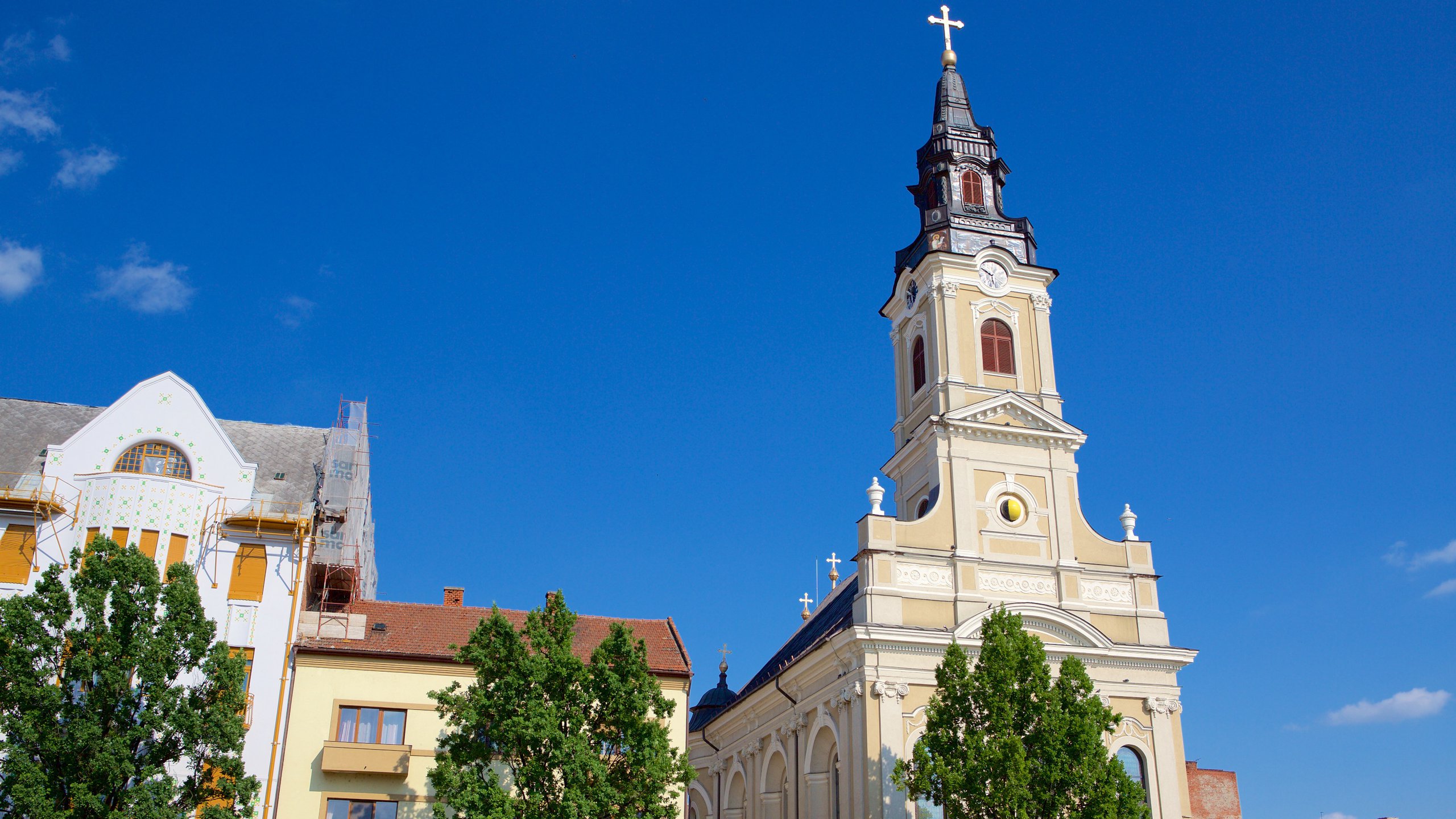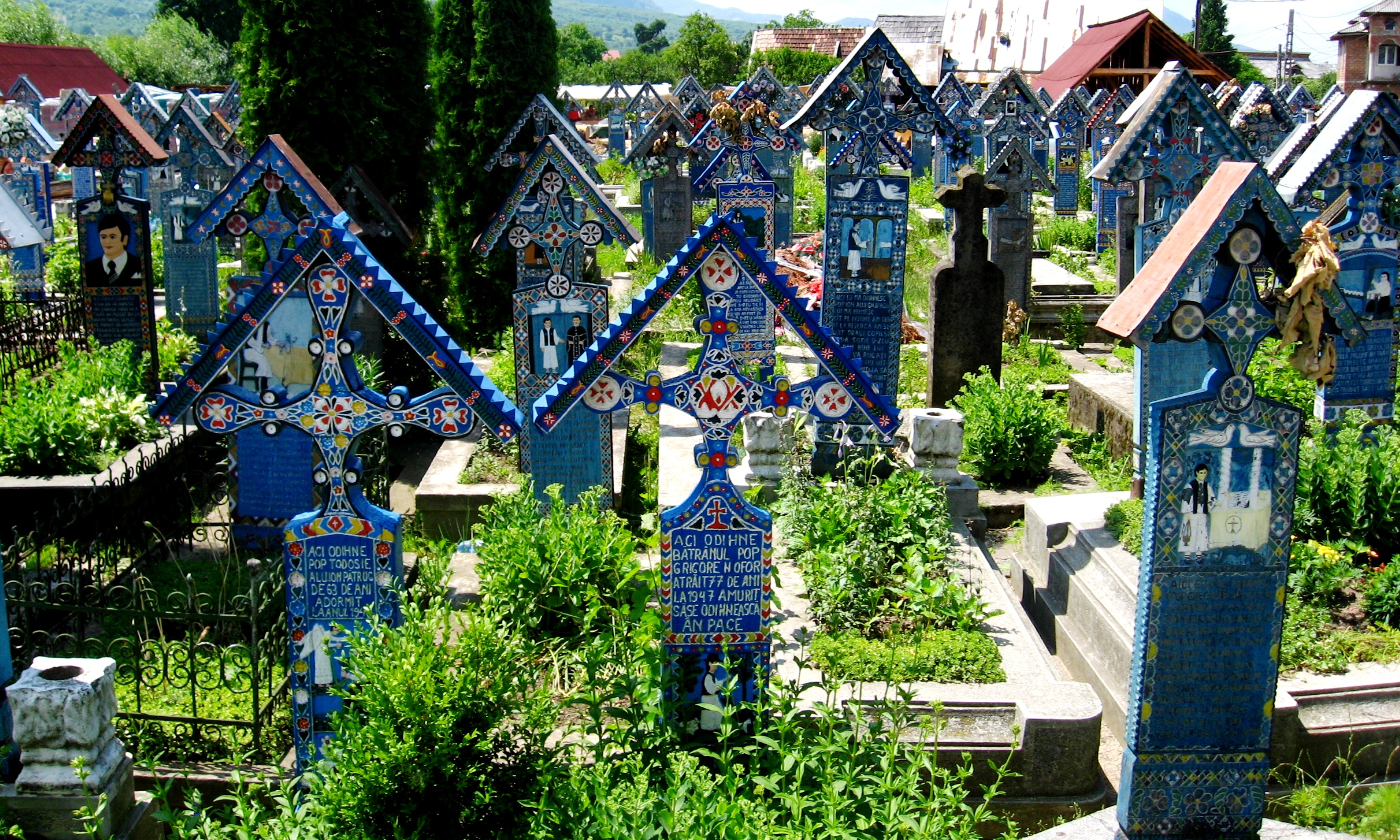There are various legends about St. Romedius, and the best known is surely the one about a bear. The story goes that the now elderly hermit Romedius was on his way to Trent on horseback to meet the bishop, at one point the horse was mauled by a bear, Romedius supposedly tamed the animal and rode it to Trent…
That of St. Romedius is certainly one of the most distinctive shrines not only in Trentino but in Europe. It exudes an aura of solemnity and mystery, perhaps because of its incredible location in the middle of a deep and wild gorge, atop a rocky peak nearly 100 high. It is a daring architectural complex consisting of as many as five small churches stacked on top of each other in height, built at different times and connected by a steep flight of steps. The oldest was erected on top of the rocky keep around the year 1000, where the hermit St. Romedius was buried in a rock tomb. The others were built later, building downward. The exterior facade of the complex is a typical example of 18th-century Anaune architecture; the Renaissance courtyard leads to the building that has housed a Franciscan convent since 1948. The entrance to the sacred place represents a continuous discovery with five different little churches: the little church of Addolorata, the most recent, built in thanksgiving for peace after the Great War of 1915-1918, the little church of San Giorgio from 1487, the little church of San Michele from 1514, the major church of San Romedio erected in 1536, and finally the Chiesa Antica, the one built first and where the saint’s relics are kept. Beginning in the 15th century, pilgrimages of the faithful carrying votive offerings, some of great worth and value, followed one another, testifying to the rise of the cult of the saint, invoked on the occasion of calamities, misfortunes, accidents, illnesses and dangers (escaped) of various kinds.
